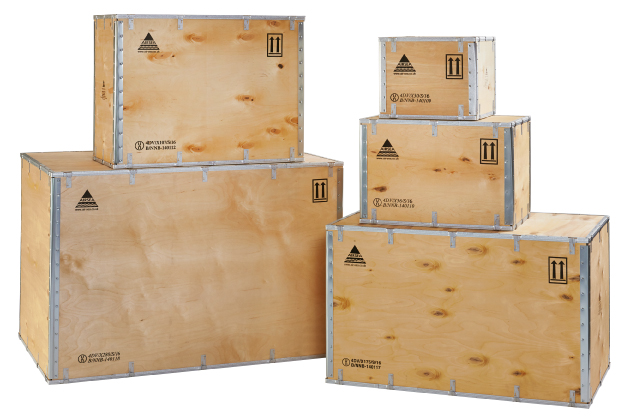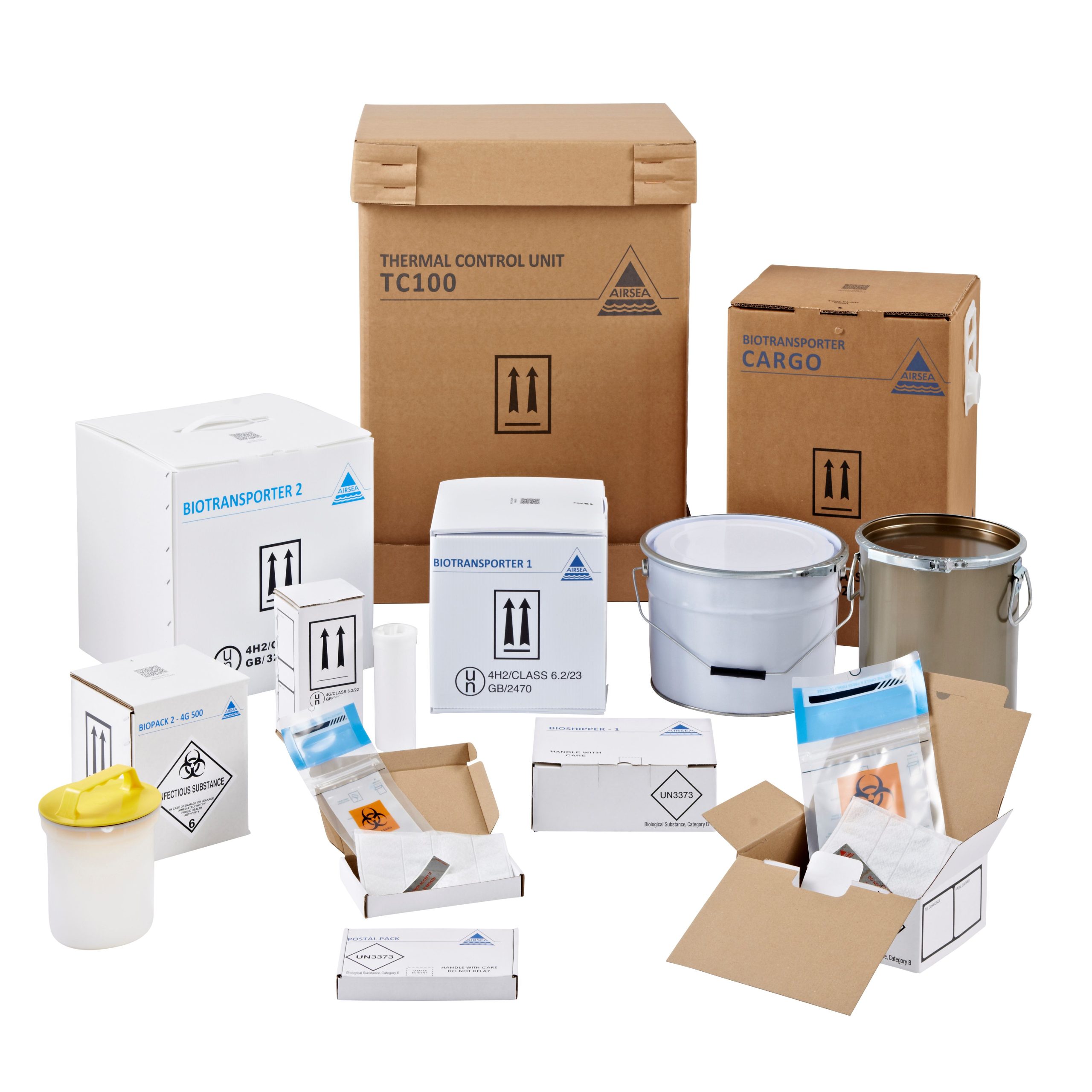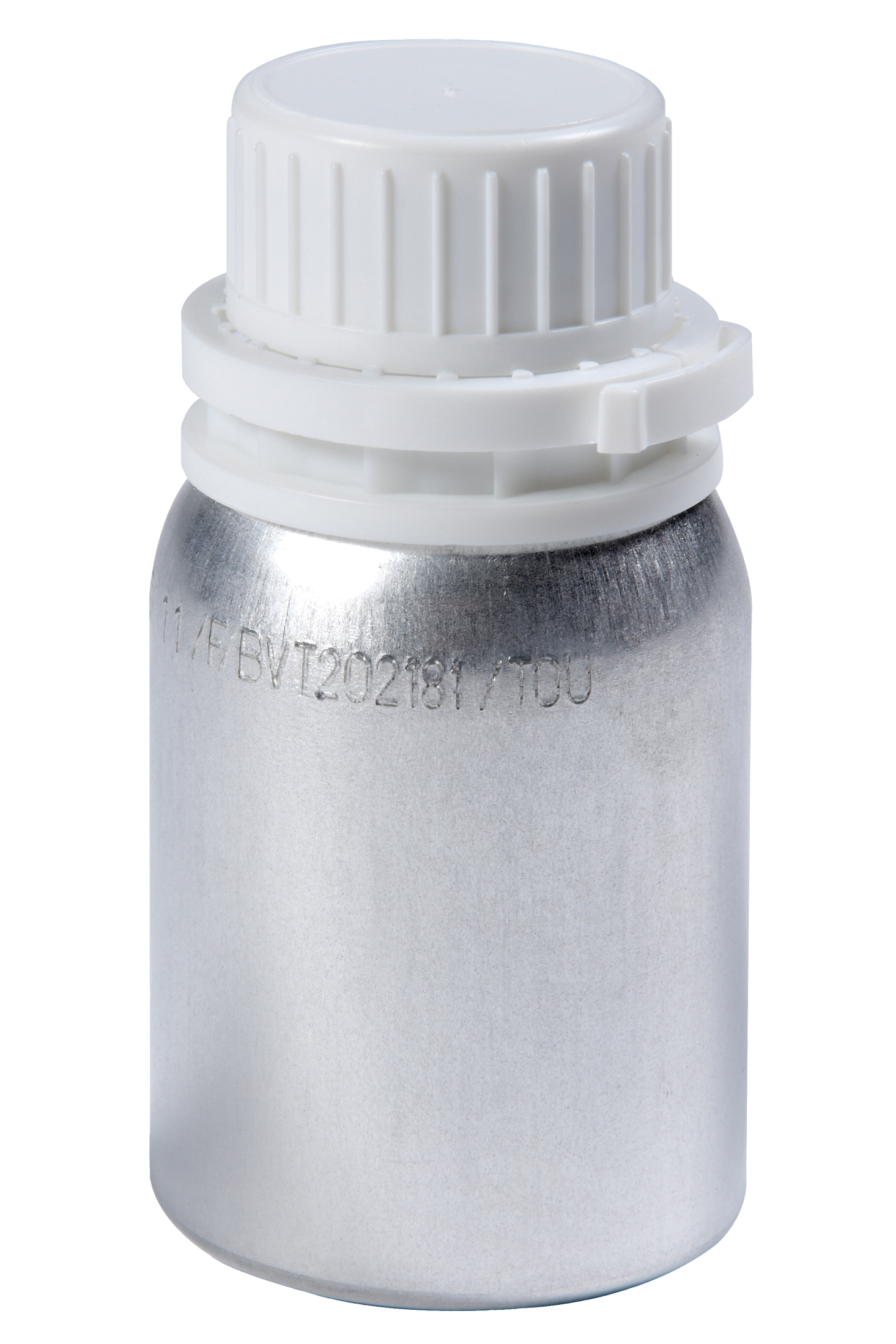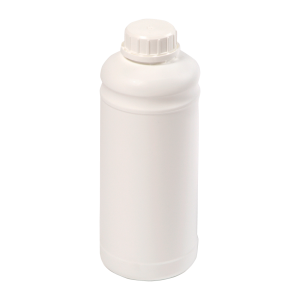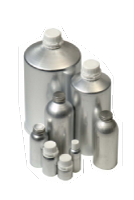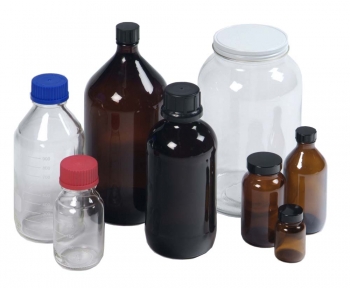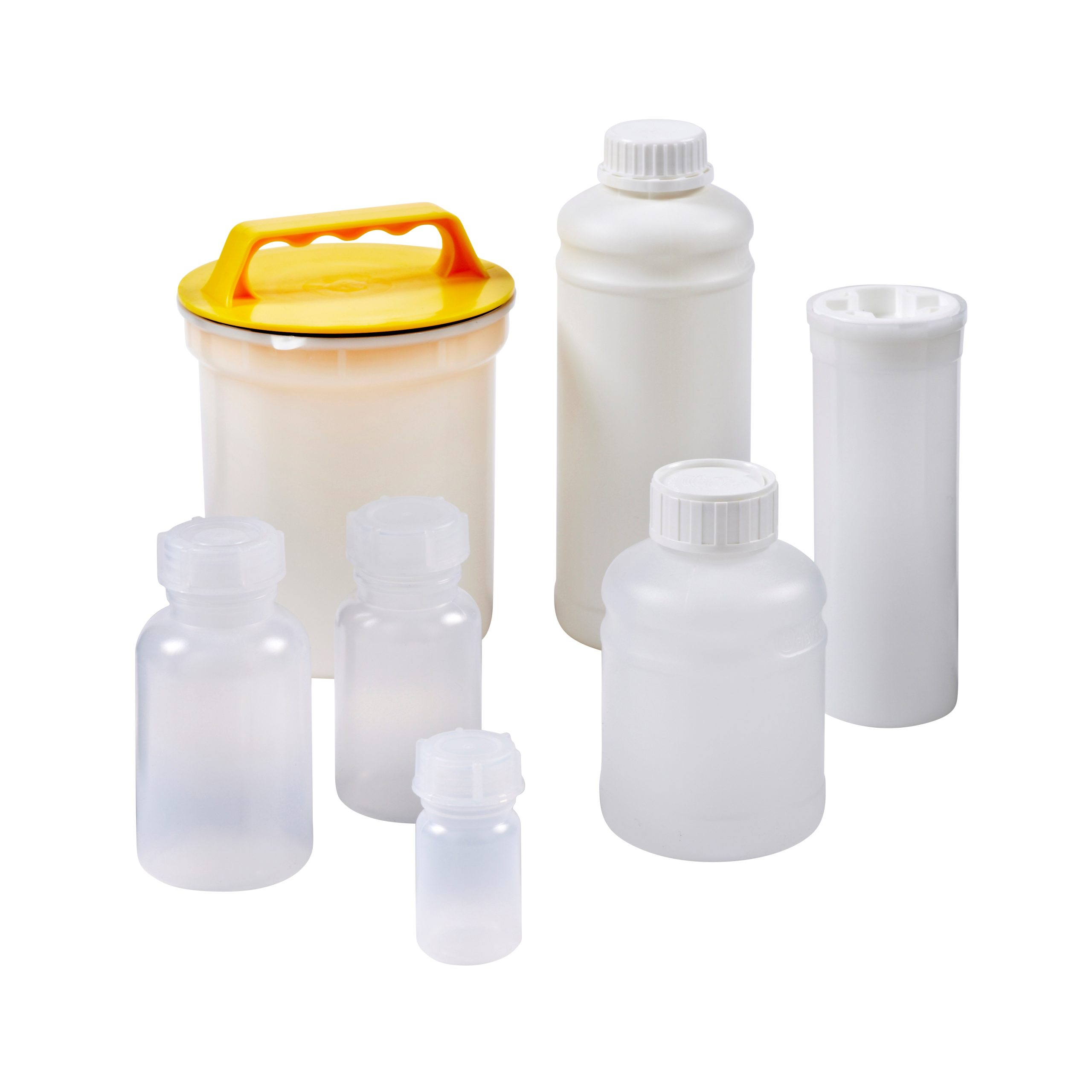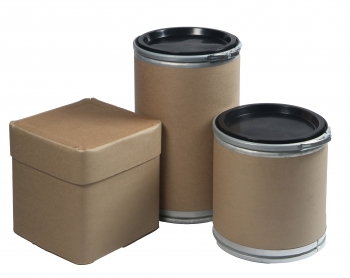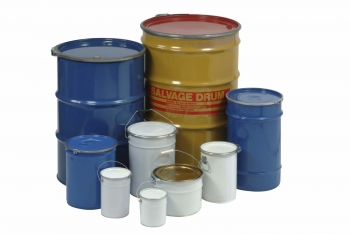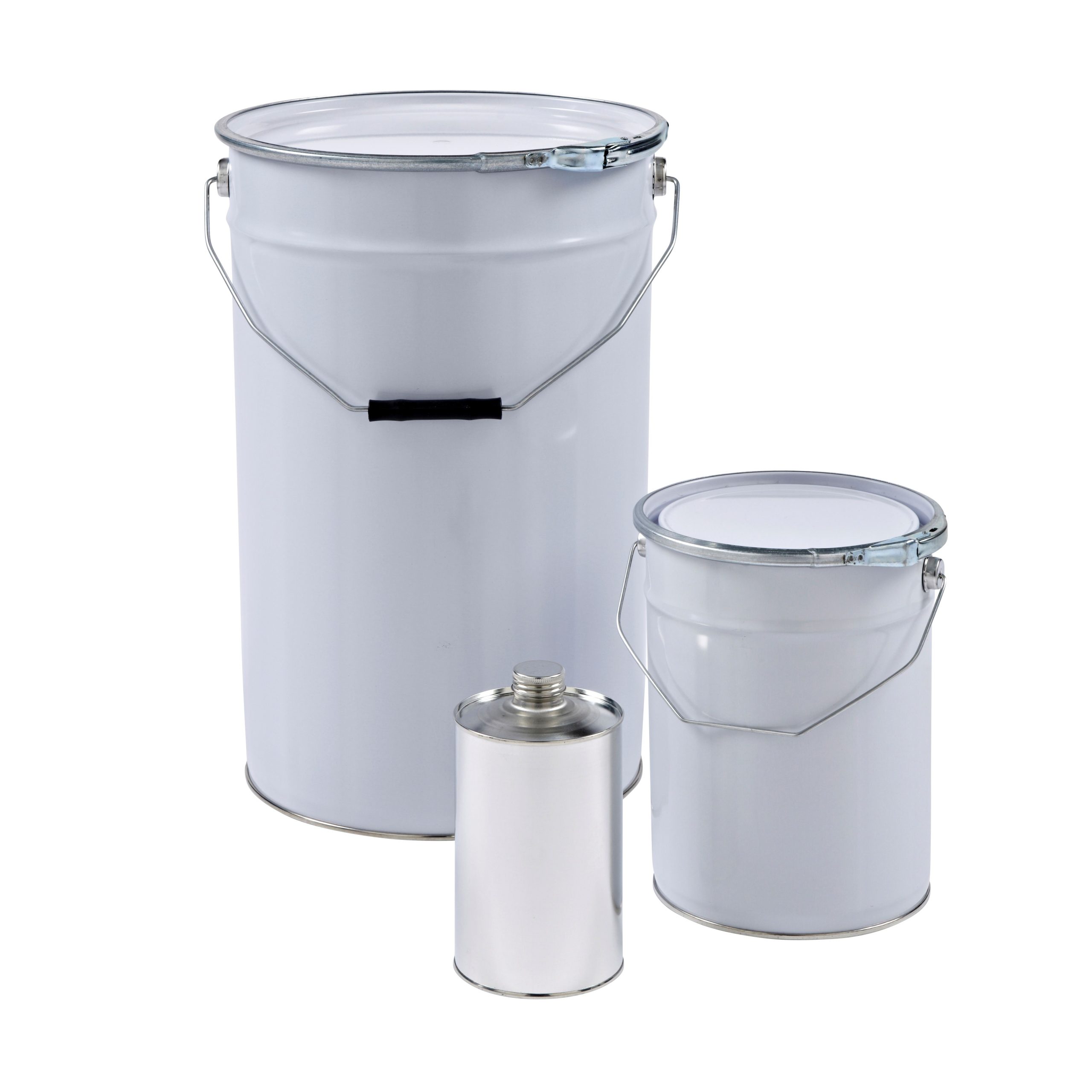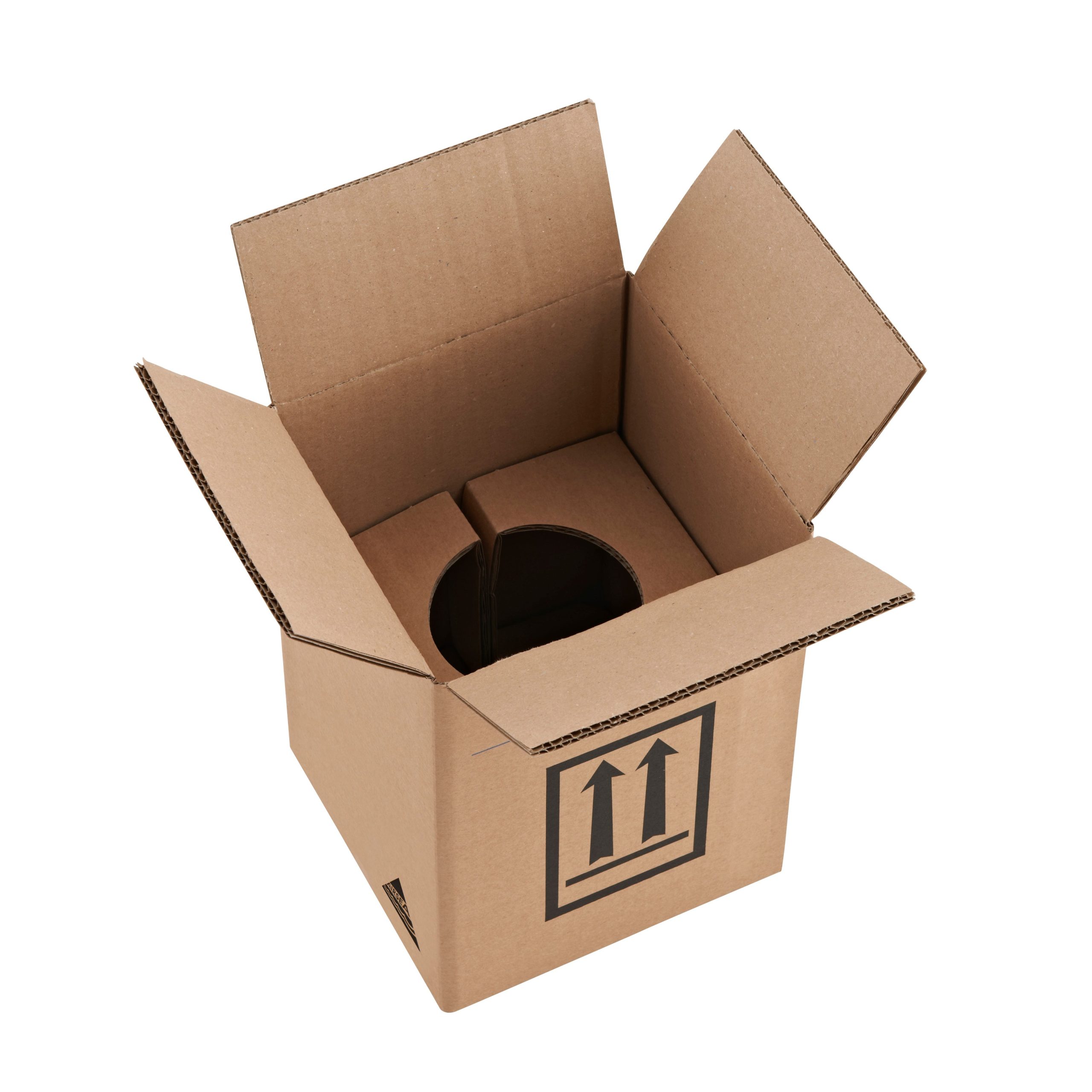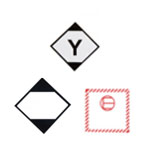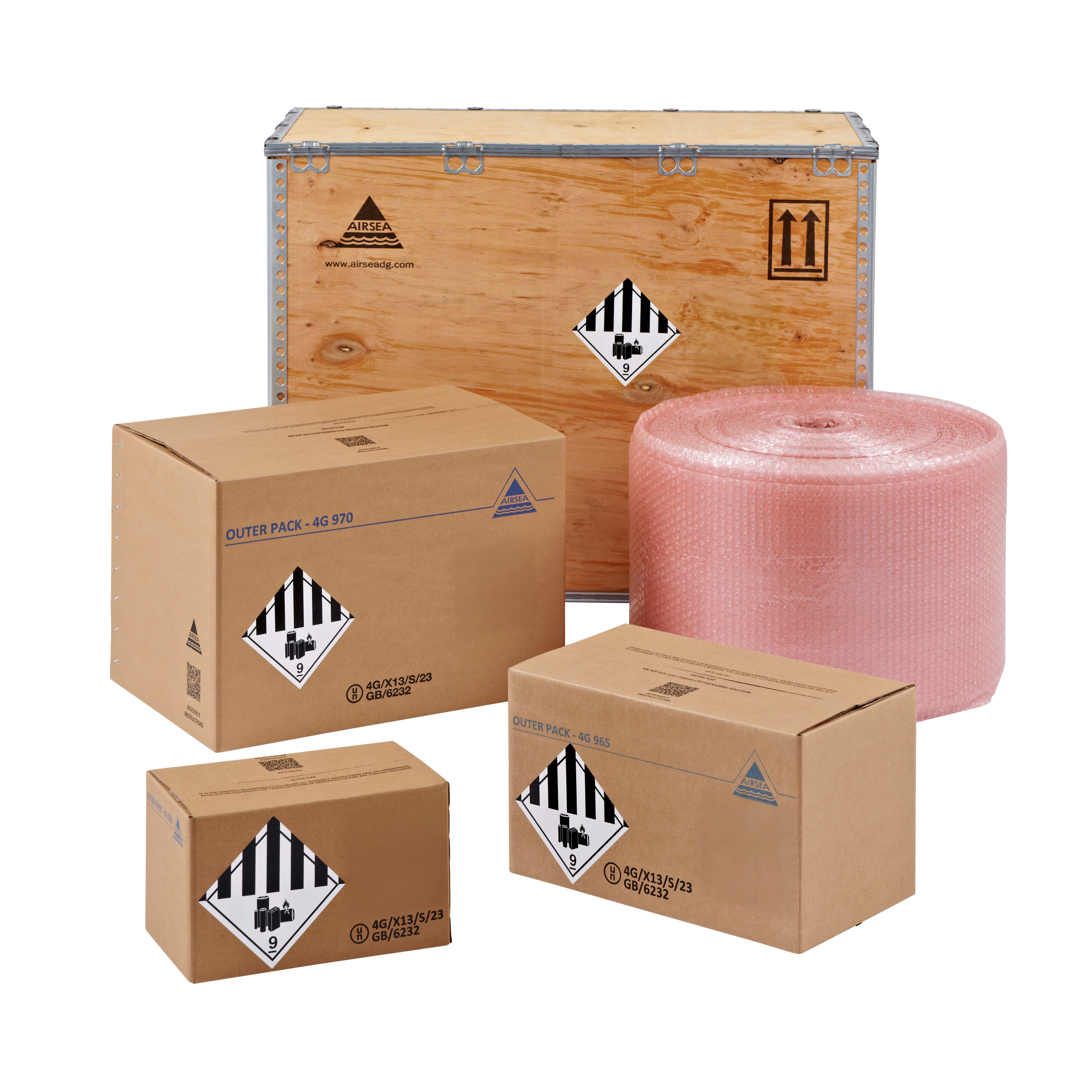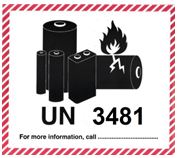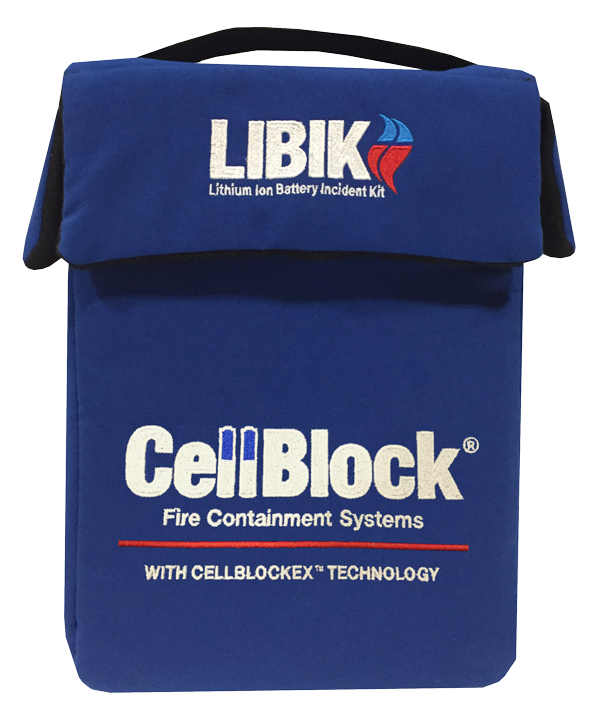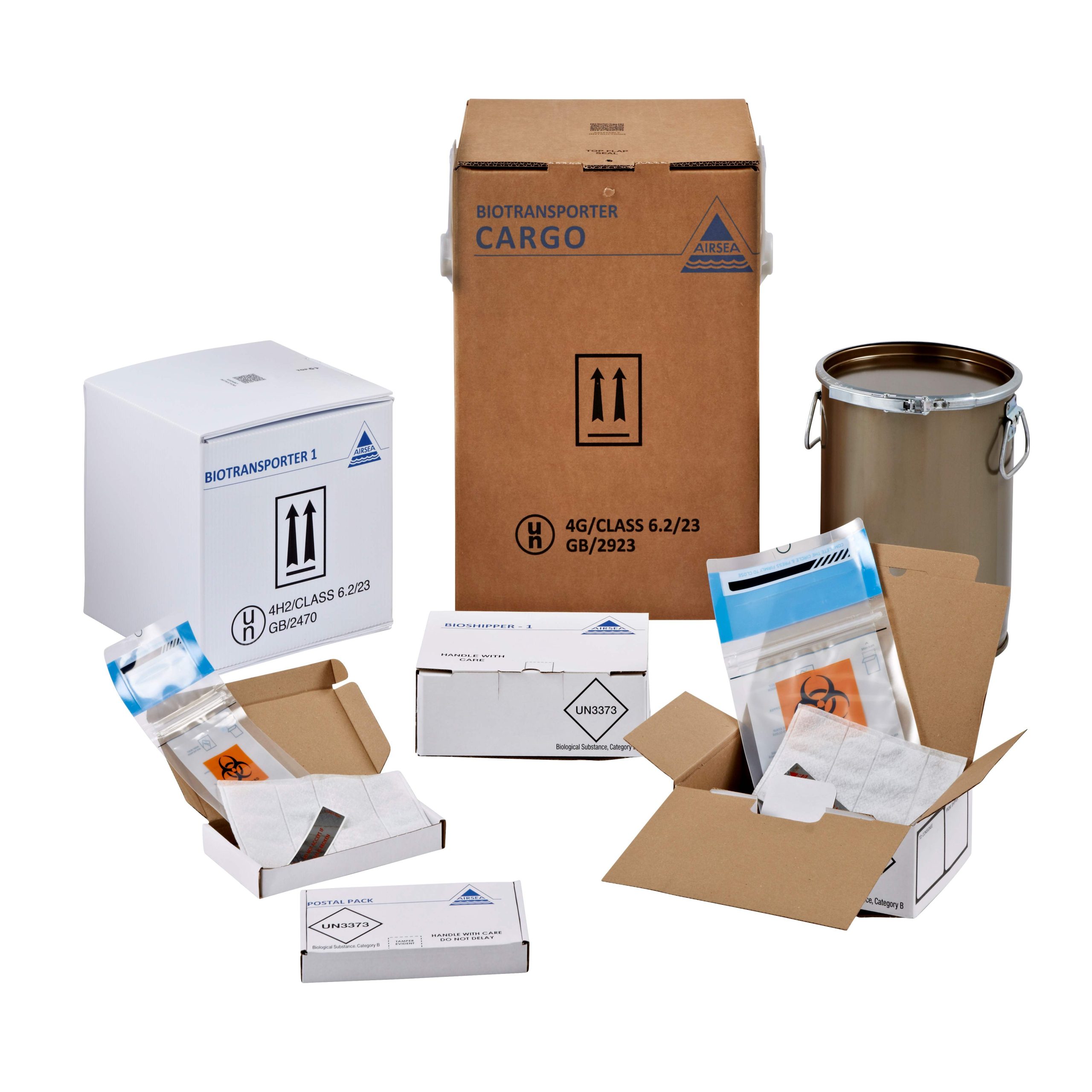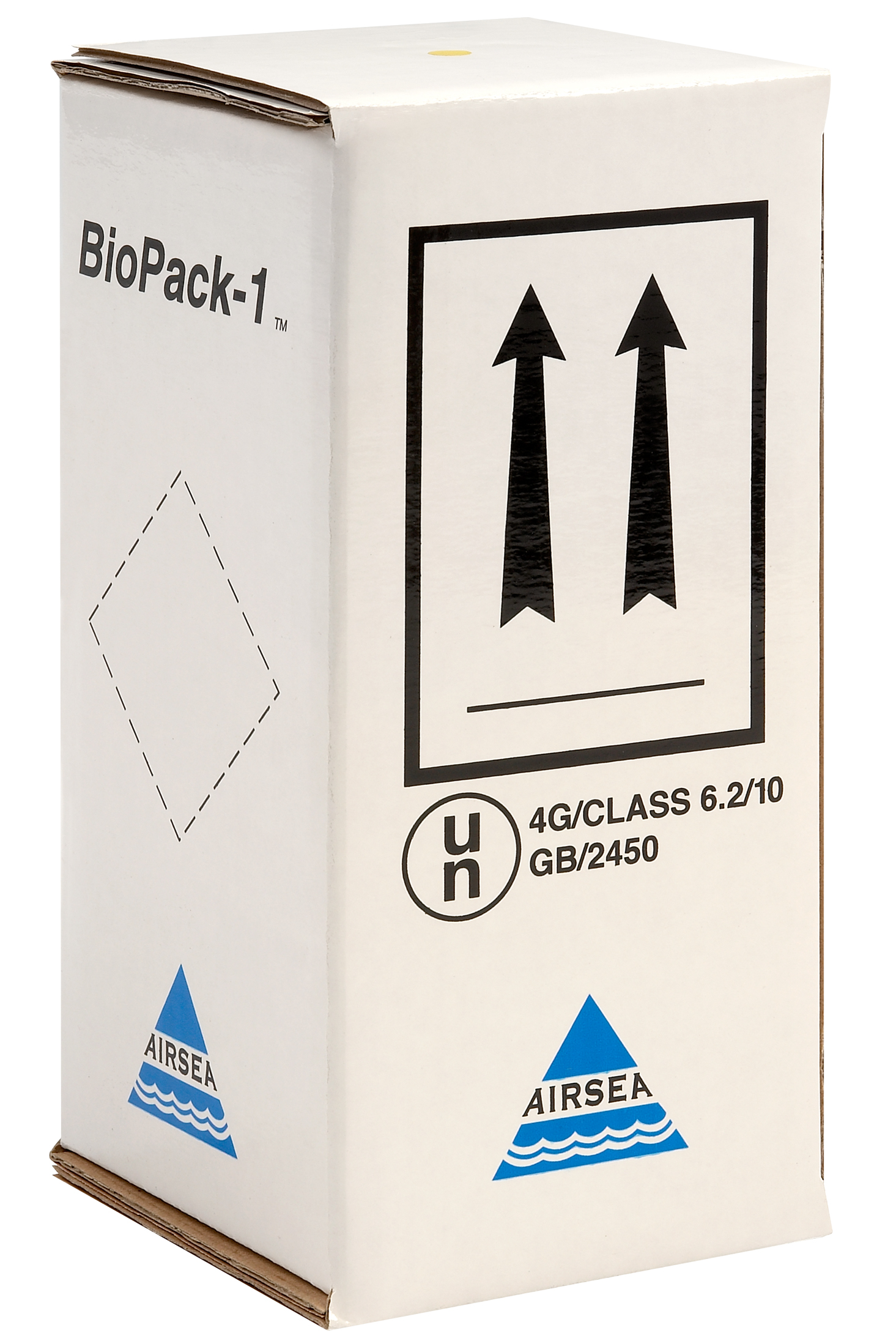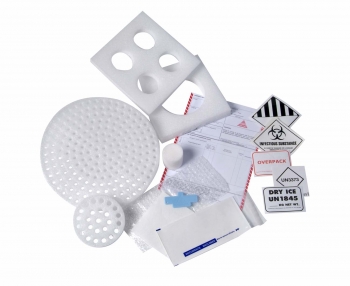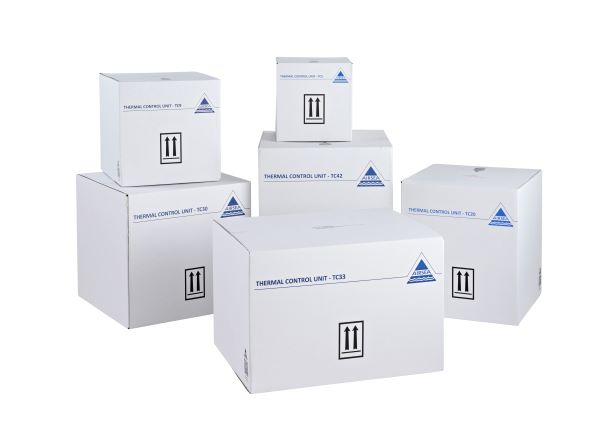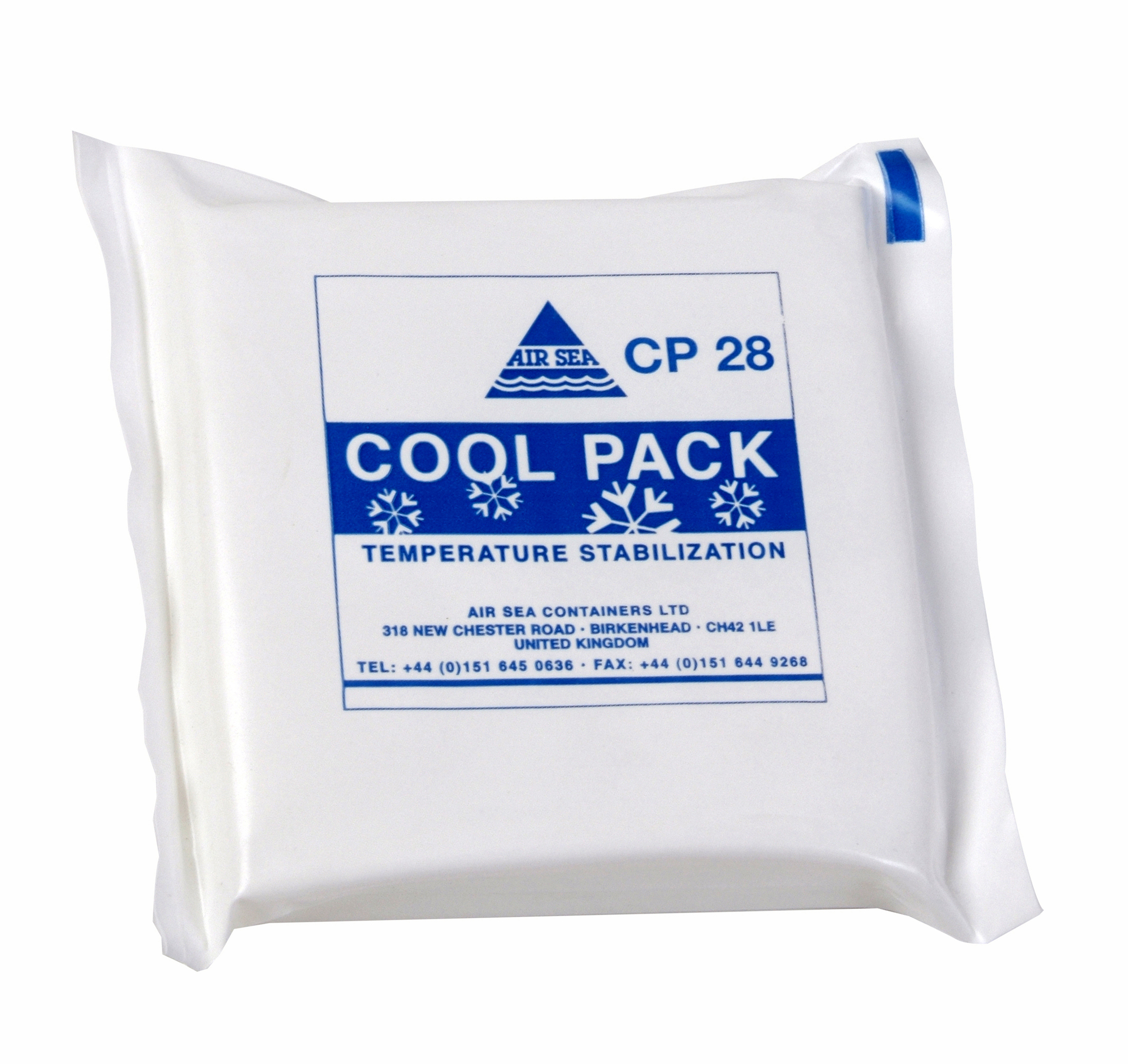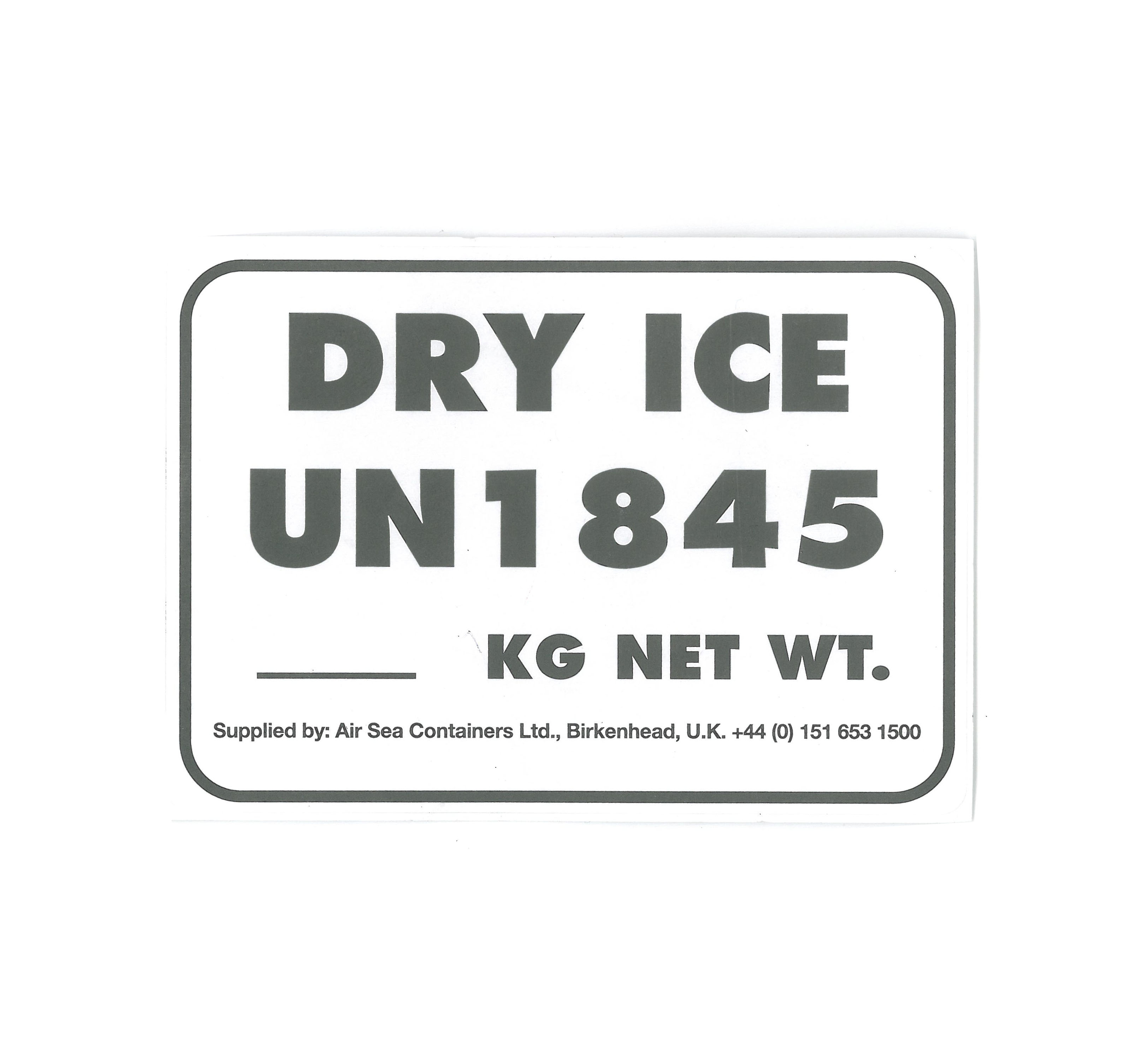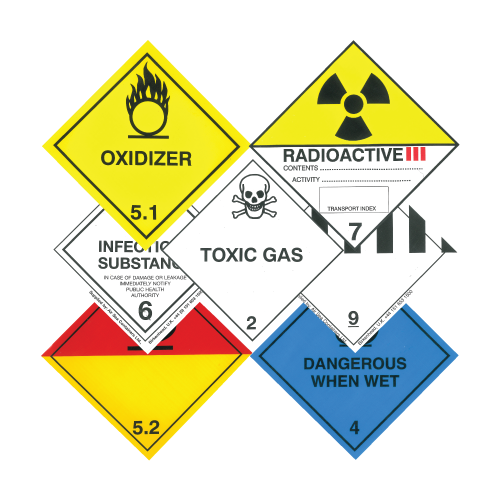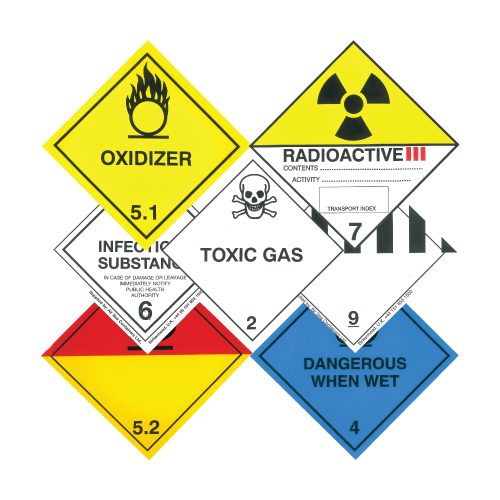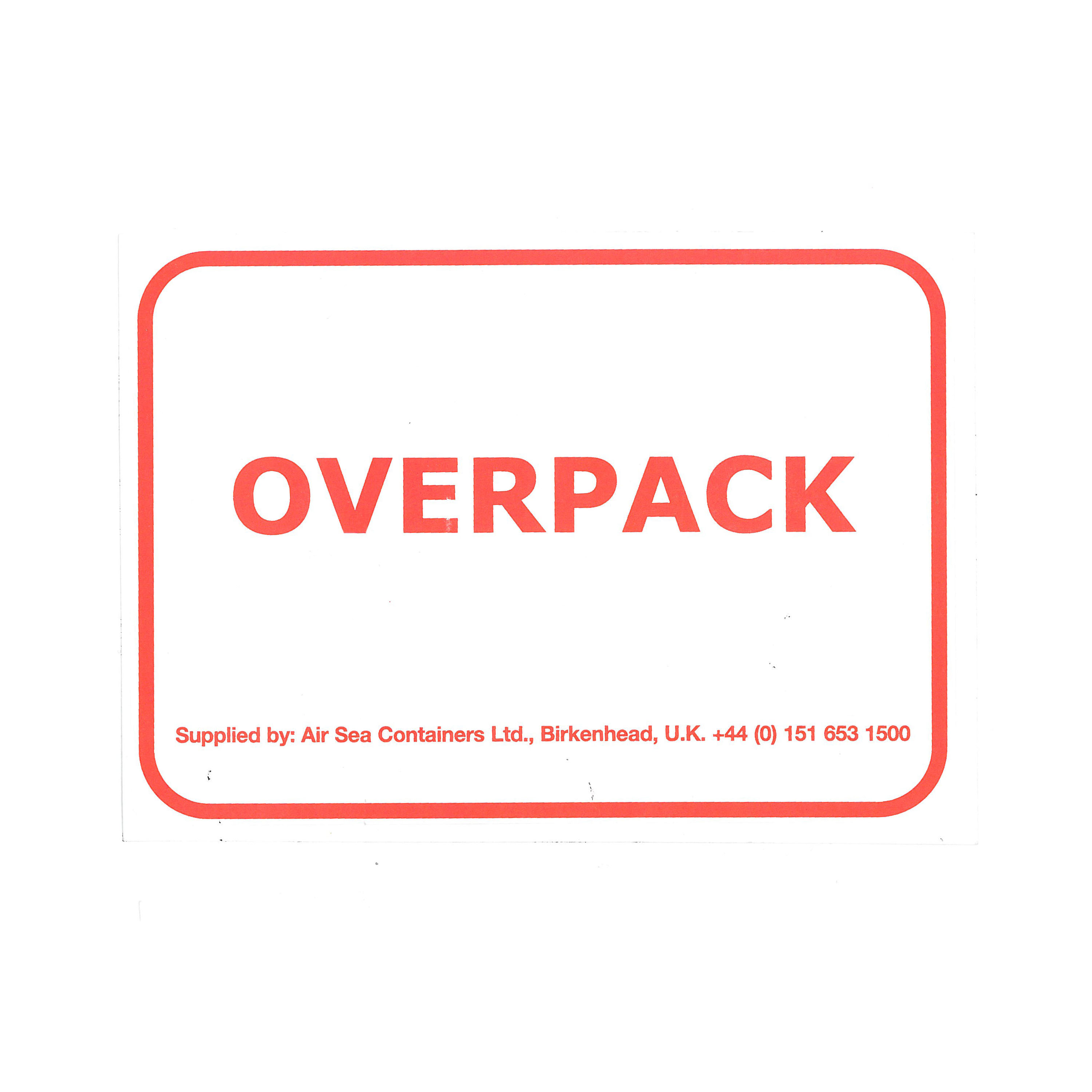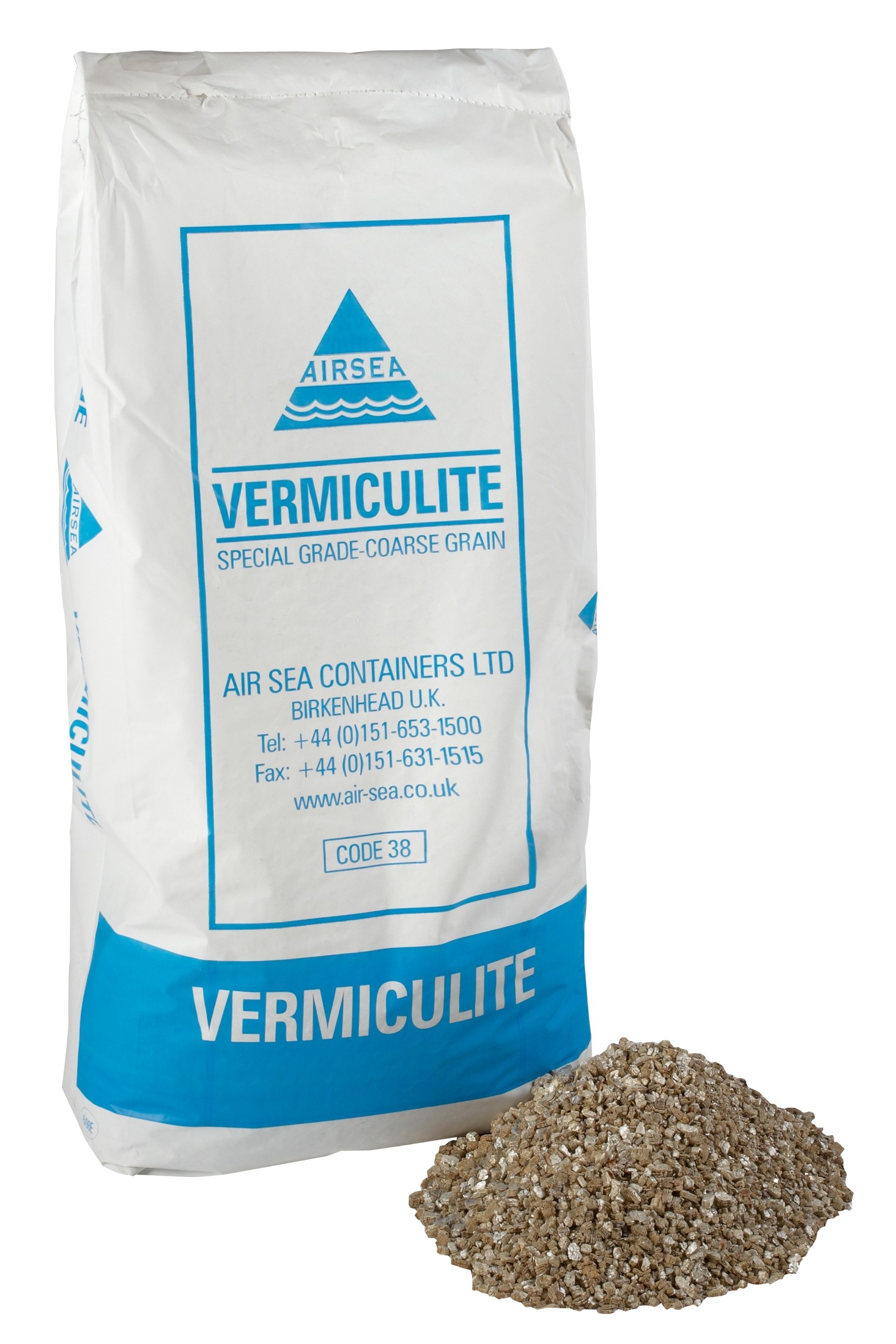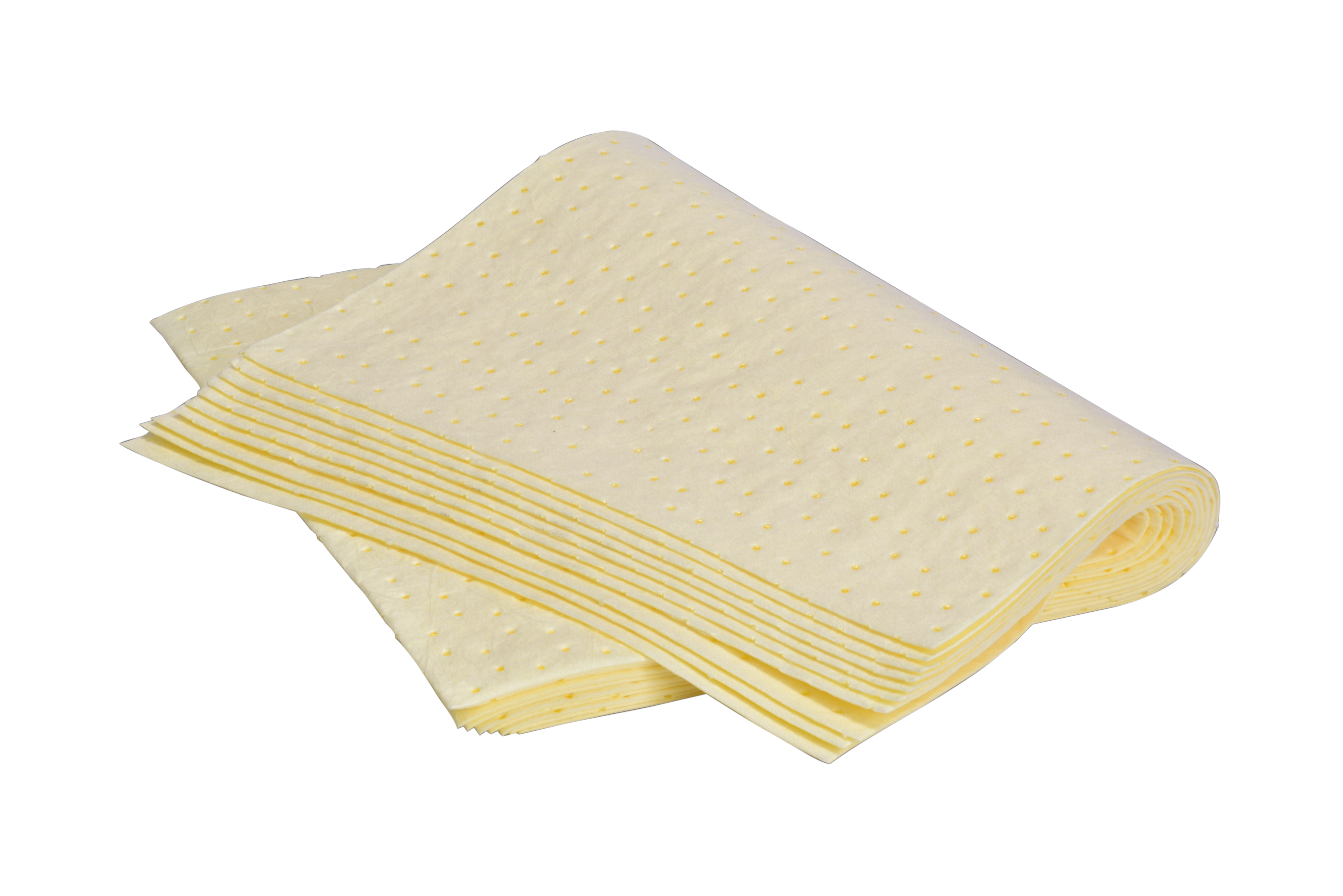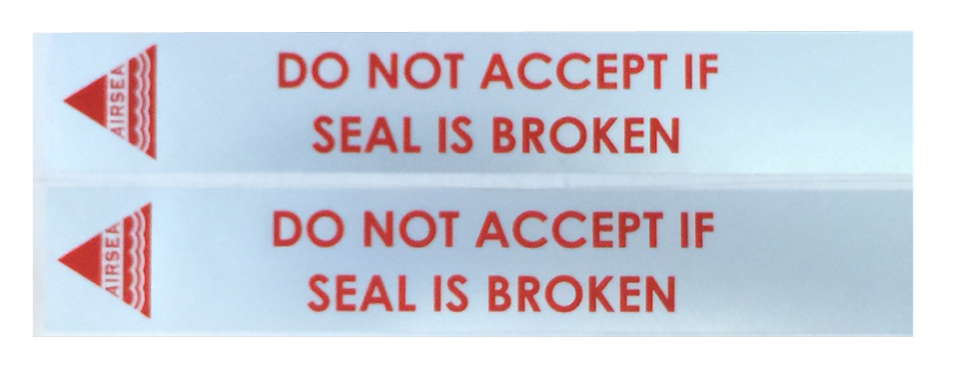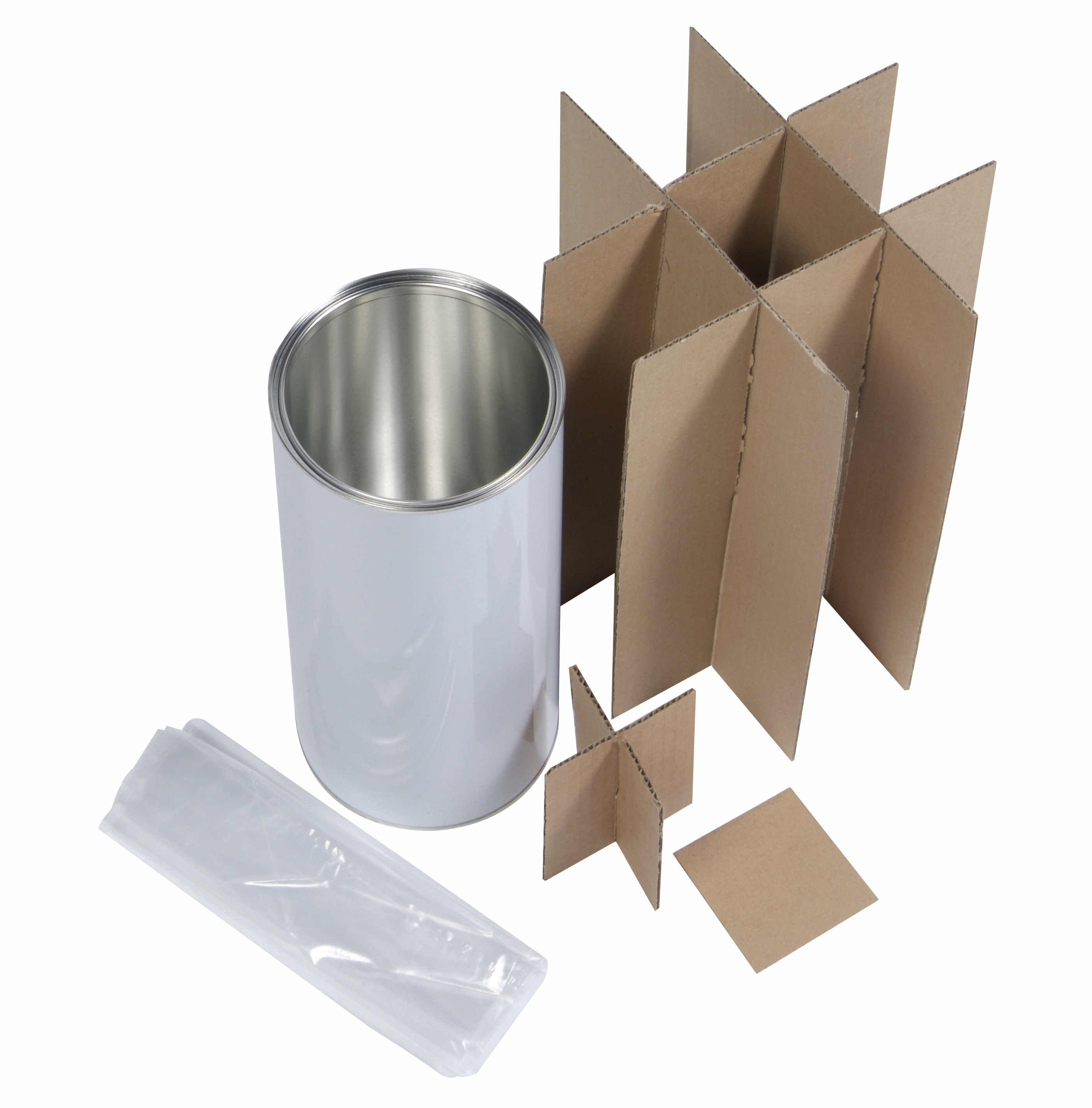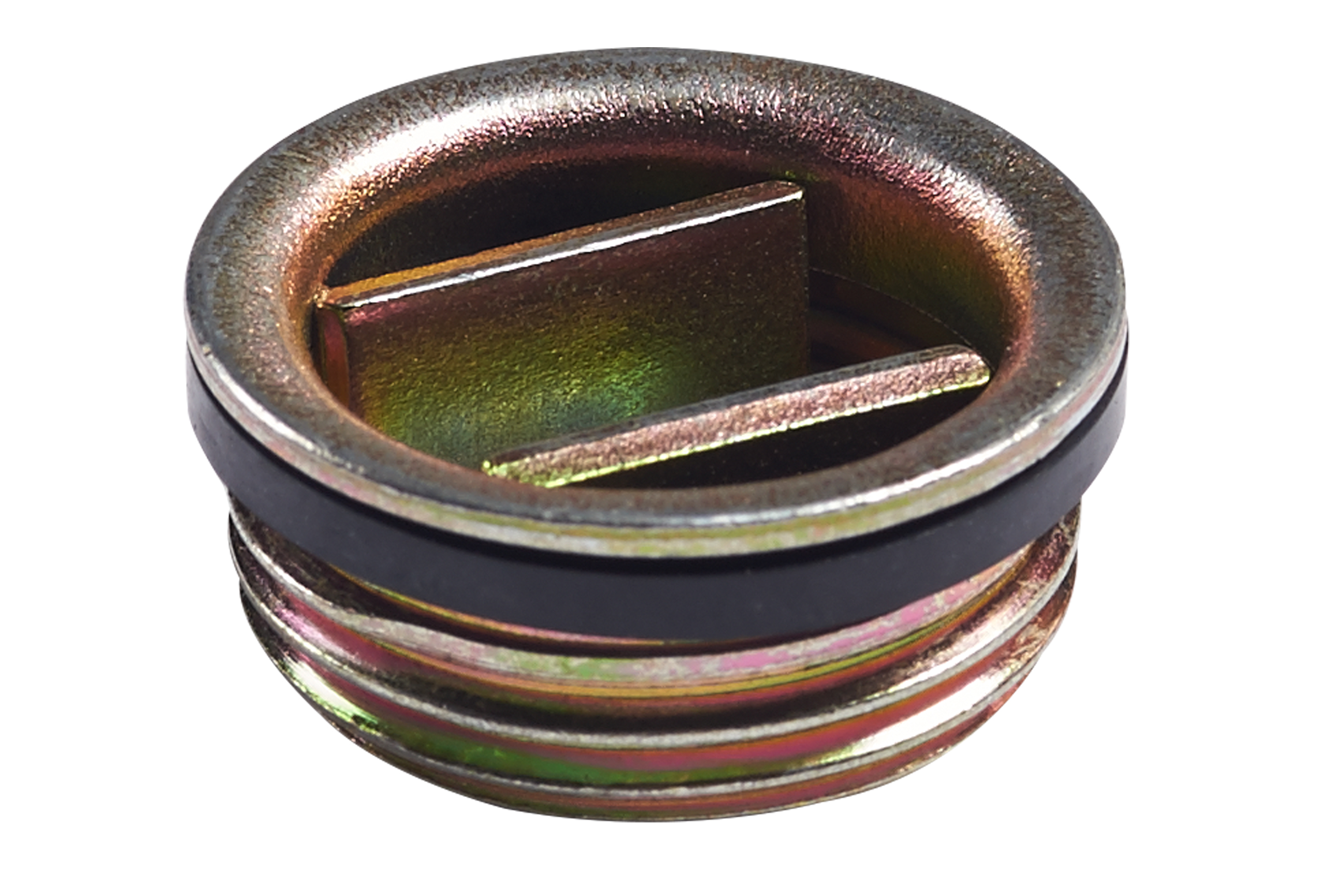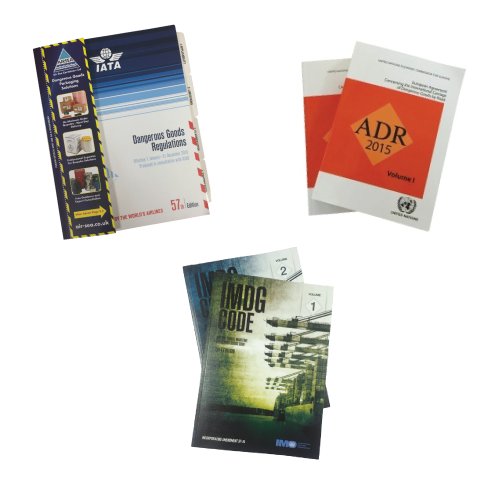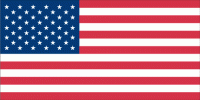FAQ: Understanding 4G vs 4GV Fibreboard Boxes for Shipping Dangerous Goods
When it comes to shipping dangerous goods, one of the most common questions we get asked is: “Do I need 4G or 4GV packaging?” Both are UN-approved fibreboard boxes that provide reliable protection, but there are some important differences between them. To help you choose the right solution, we’ve answered the most common questions below.
Q1: What is the difference between 4G and 4GV packaging?
- 4G packaging is tested and approved with specific inner packagings (e.g. a particular glass bottle or HDPE plastic container). You must use the exact type of inners that were used during the performance testing process.
- 4GV packaging is more flexible – it allows “variable” inner packagings, meaning you can use different types of inners (glass, plastic, steel/bottles, jerricans, drums, etc.) as long as they are suitable for the dangerous goods.
Q2: Which packing groups are 4G and 4GV approved for?
- 4G boxes can be approved for Packing Groups I (X), II (Y), or III (Z), depending on how they were tested. Always check the UN mark.
- 4GV boxes are automatically tested to Packing Group I (X) – the strictest standard. That means they can also be used for Packing Groups II and III, giving you greater flexibility.
Q3: How do weight limits work for 4G and 4GV packaging?
- 4G packaging – The UN mark tells you the maximum gross package weight (including inners, contents, cushioning, and the box).
- 4GV packaging – The rules are stricter: the permitted gross mass of inner packagings (including substance) must not exceed half the weight of the inner as used during drop tests. The rest of the weight allowance is for cushioning, accessories, and the box itself.
Q4: Can both 4G and 4GV be used for liquids and solids?
Yes – but with conditions:
- 4G packaging must be specifically tested and approved for solids, liquids, or both.
- 4GV packaging can be used for both solids and liquids as standard.
Q5: What drop tests do these boxes go through?
- 4G boxes – Drop tests vary depending on the packing group:
- PG I (X): 1.8m drop
- PG II (Y): 1.2m drop
- PG III (Z): 0.8m drop
- 4GV boxes – All are tested to the highest level (PG I, 1.8m drop test)
Q6: Why would I choose 4GV over 4G (or vice versa)?
- Choose 4G if you are shipping a substance that requires very specific inner packaging and you want to maximise weight allowance.
- Choose 4GV if you want flexibility with inners or need packaging approved for the highest packing group by default.
Q7: Can I use these boxes for Class 1 (explosives) or Class 7 (radioactive) goods?
There are strict restrictions for Class 1 and 7 substances. If you plan to ship these, please consult us directly so we can advise on the correct packaging.
Q8: How do I read a UN mark on 4G and 4GV boxes?
- Example 4G mark: 4G/Y7/S/25/GB/0001
- Example 4GV mark: 4GV/X7/S/25/GB/0002
The codes indicate important details such as the packaging type, packing group, gross weight limit, year of manufacture, country and approval ID.
So which one is right for you?
Both UN 4G and UN 4GV fibreboard boxes provide robust protection for dangerous goods.
The right choice depends on your goods, inner packagings, and weight requirements.
Read our ‘differences between 4G and 4GV packaging’ article for more in depth information
Contact us
Need help choosing? Our team are specialists in UN-approved dangerous goods packaging and can guide you to the most cost-effective and compliant option. Contact us today to discuss your requirements.
 UK
UK




